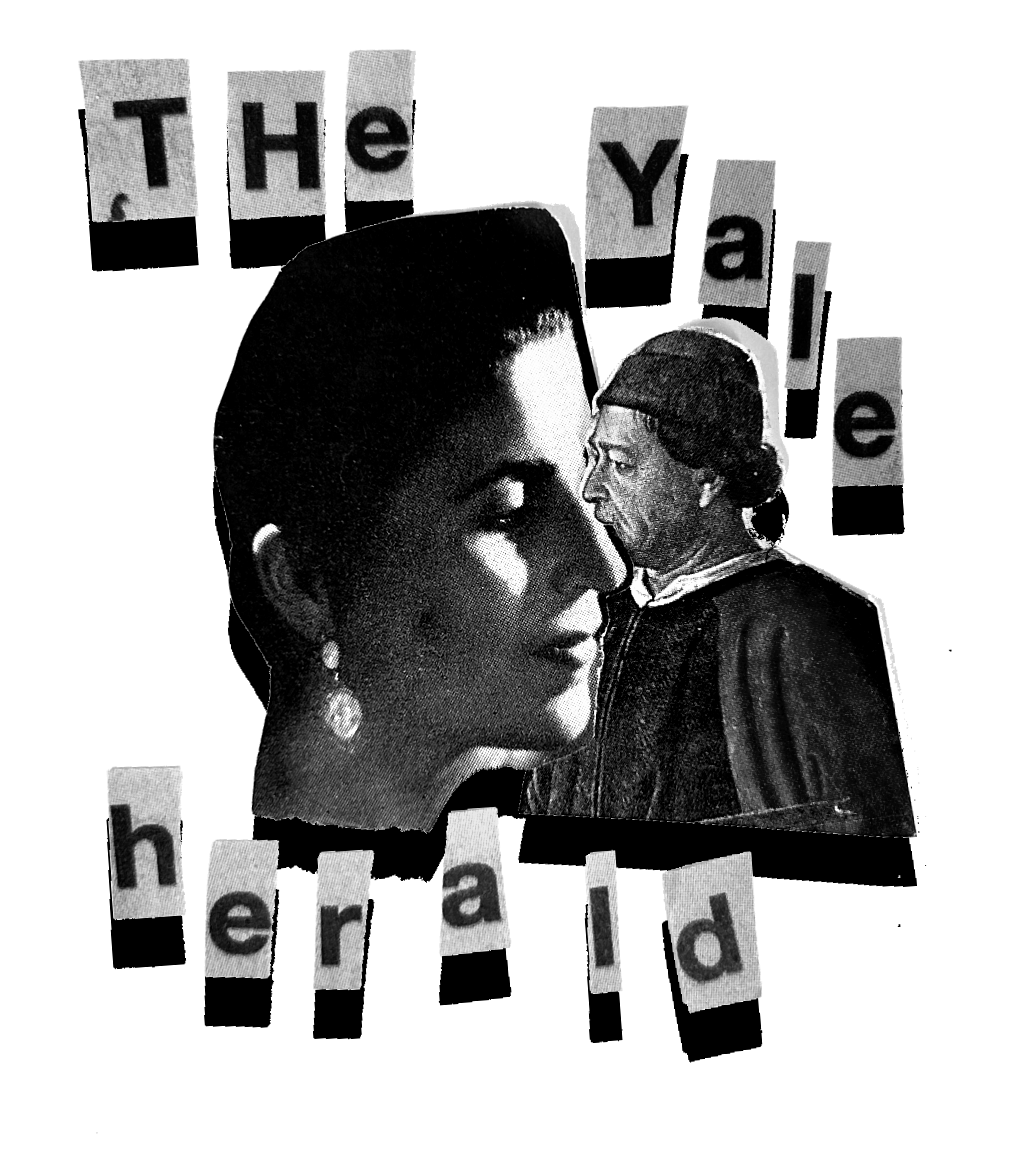The Year of the Dragon is one of the special exhibitions currently on display at the Yale University Art Gallery, but it is more than just a curation of stunning artwork. Earlier this week, I took a walk around the exhibition with Professor Sadako Ohki, the curator of Japanese art, as she explained the curation process and her impressive goal for the showcase. When Professor Ohki proposed this exhibition, she wanted to focus on the dragon as the central theme, drawing from both Chinese and Japanese culture. As we walked around the gallery, she explained that in China, the dragon is a symbol of imperial power, an imposing and strong figure. In Japan, however, the people focus on the process of becoming the dragon, looking at the dragon as a humble success story of achieving greatness.
Through this collection, Professor Ohki displays these two different cultures from the 1500s all the way to the present, creating a cohesive collection of art with the goal of commenting on sustainability and the degradation of the environment. When she began to collect the pieces, many of them were already in the gallery’s possession, but other pieces needed to be fought for. “I even went to one artist’s home to ask him to lend us his artwork after he originally declined,” she told me. The process wasn’t always easy, but her vision and determination brought the gallery to life.
Pair of Screens with Dragons and Waves
Wind (Kaze) (on the left of the screens)
Choto: Listening to the waves (on the right of the screens)
The collection was built around two massive folding screens that occupy the majority of the room. Professor Ohki was first inspired by the dragons painted onto the screens, and from there the rest of the exhibition fell into place. On the left side of the screens, there is a ceramic piece created by the wind in a kiln. She envisioned this piece blowing wind onto the dragon painted on the screens who then flies and pours out the rain on the artwork to the right of the screens, a bowl representing swirling water. By demonstrating the power of the dragon and its importance in maintaining the environment, Professor Ohki began materializing her message of sustainability. As we looked at this wall together, she asked me, “If the dragon came today what would it say?” Then, turning to me slowly, she said, “It would lament”. By using the dragon in this way, Professor Ohki is demonstrating how the importance of taking care of the environment is a theme expressed over hundreds of years. Through this wall, she was “putting the environmental issue into this dragon show.”
Civilization Landscape No. 073
As we walked further into the space, she pointed to a piece in the middle of the room and said, “This is my favorite one.” She was motioning towards another folding screen, this one significantly smaller than last. She said, “this piece came very late to the exhibition” but took the message even further. As we stepped closer, she pointed out the Chinese writing behind the thick brush strokes, telling me that these words spoke to the same theme of water and gave me a couple examples including “running water, thundering sounds, and the dragon.”
The Wave
The last piece we admired was one of the most striking. Placed near the entrance of the room is a massive collection of twelve pieces of papers placed together covered with black and white abstract shapes. We stood in silence as I tried to figure out what it was, until Professor Ohki exclaimed, “The first time I saw it it made me shiver.” She then explained that this artwork was of a tsunami, depicting people trapped in the wave as it gets pulled back by the ocean. She told me how she was reminded of the tsunami in Japan in 2011, which was caused by global warming. As we left that piece behind, I hoped that this chilling image would motivate people to alter their habits and enact change.
As our walk about the gallery came to a close, I asked Professor Ohki exactly what she wanted people to take away from the exhibition. She said, “If people feel my intention of saving the environment then the exhibition was successful, but if they don’t that is ok, they are still appreciating the culture and the art.” As we continue to live during the Year of the Dragon, I hope that people will come to this exhibit and leave with a higher motivation to live sustainably and help heal the environment, just as I did. And if not, I hope that they enjoy the works and appreciate the stunning art.




